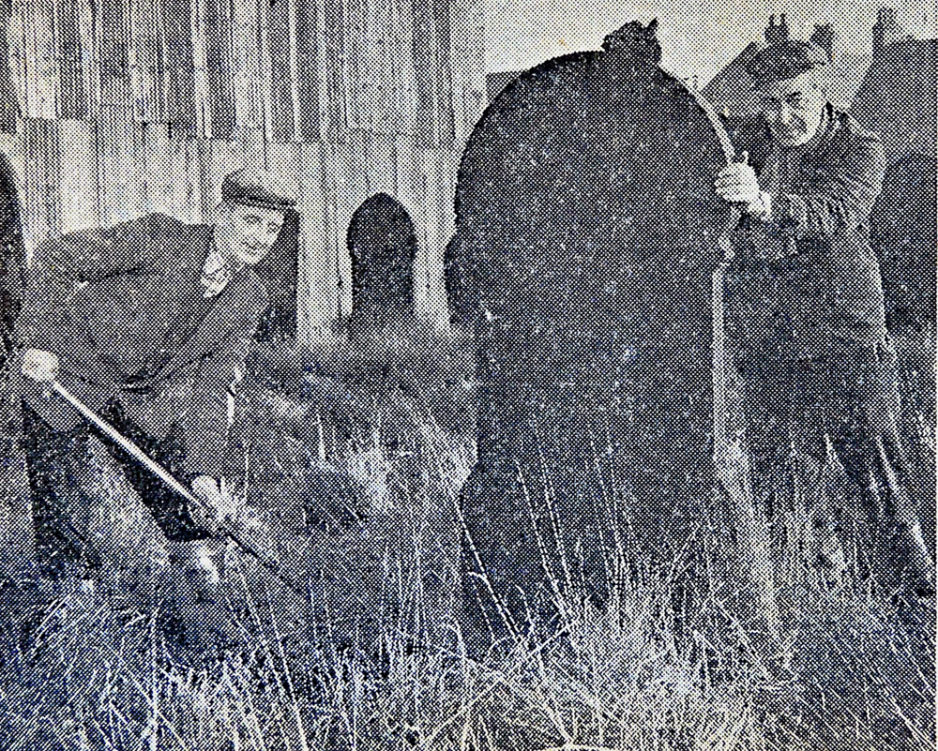This is the final part of this series and it tries to pull all the odds and ends that you might want to ask.
Exhumations
Exhumations are an issue that has been broached on here before. I was asked about when HGC sold the frontage of Princes Ave, did it disturb the people already buried there? No, no burials had been buried on this screed of land although this part had been consecrated for burials. If, however burials had taken place there the land would not have been sold.
By the turn of the 20th century, when this land sale happened, the regulations enshrined in the various Burial Acts had made it an offence to exhume a body without a licence signed by the Home Secretary. Exhumations were a serious business and licences were not given lightly.
Having said that Rev. Milson’s wife managed to get him exhumed and buried near Wm.Clowes because she wanted him buried in Prim Corner.
My experience of exhumations is brief, but that’s because they are quite rare. I was tasked with digging a grave that the body was to be exhumed from. Strangely I was quite proud of being given this role over the rest of the diggers. That might sound strange to you reading this but it showed i was good at my job.
Home Office
And why was I picked? Because the entire dig was monitored by two guys from the Home Office plus a Home Office ‘digger’. So, as you all know now, i knew how deep i was going because I knew how many were already in the grave.
In this case though, the entire grave area was enclosed by a large tent. I was ‘allowed’ to dig to within a foot of the coffin to be taken out and then I was told to bugger off and get a cup of tea and go do something else.
I left the tent and the Home Office people did the rest. Sorry i can’t tell you what it was all about. No idea. We were not told. They had a licence so that was that. The coffin was placed in a plastic shell case and that was it. I don’t remember if the body ever came back.
By the way, this was in Northern Cemetery. If you are ever passing Northern, just have a glance into the work yard as you pass. You’ll notice a large brick built building taking up quite a lot of the space.
The left part of it was the mess room where we had our lunch etc. The right hand part was where we parked the dumper, kept the tools, shoring boards and all the other paraphernalia that goes with running a cemetery.
The Morgue
However there is a darker side to this right hand side. We called it the morgue and the reason for this was that during the Second World War victims of the bombing of the city were exhumed from the ruins and stored in this building.
Often these were identified by the families and buried in the normal fashion. Sometimes the remains were more difficult to identify.
As you’ll all know there is a grassed area close to the columbarium in Northern which is the last resting place for these people who could not be identified.
There are two rose beds on the site and a brass plaque detailing how many were buried there. All of those people were at one time stored in the building where we parked the dumper 25 years later. Doesn’t seem quite right does it? I think that’ll do. I hope you’ve enjoyed this walk down memory lane with me. If you have any questions I’ll do my best to answer them.
‘Gravedigger’ by Pete Lowden

Pete Lowden is a member of the Friends of Hull General Cemetery committee which is committed to reclaiming the cemetery and returning it back to a community resource.

